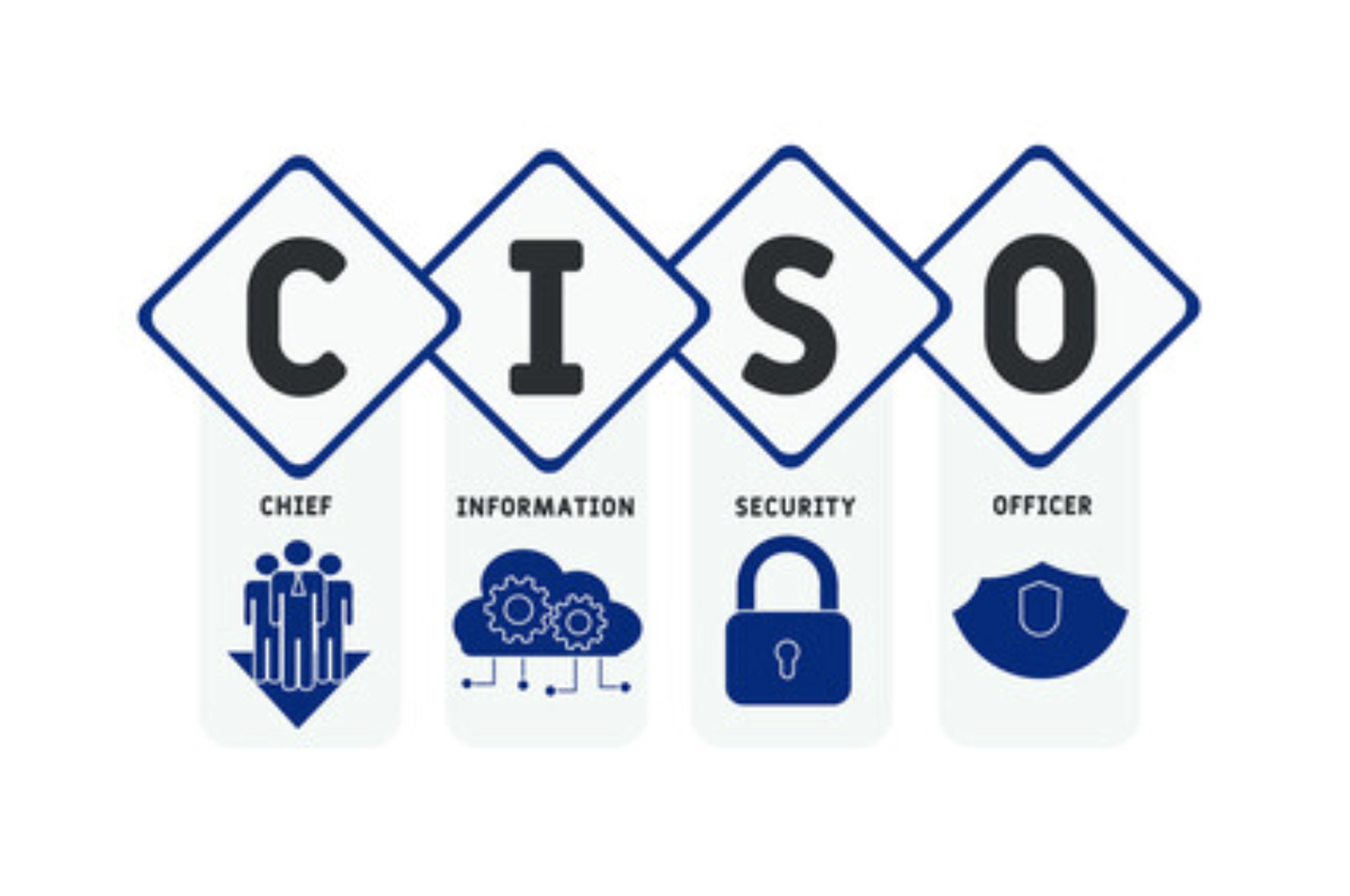
Nuevos retos actuales a los que se enfrentan los CIOs
Nowadays, CIOs are focusing on business outcomes, agility, and improving customer experience through technology. While at the same, streamlining backend operations with automation is becoming one of the primary focus areas of technology leaders. Despite this pressing need for digitization in the organization, around 79% of them are still in the early stages of technology transformation, according to Mckinsey. It is due to critical issues related to legacy system barriers such as integration, security, etc., in today’s landscape. So, there is a need to create an environment to provide holistic accessibility to emerging technologies.
The top challenges faced by CIOs in 2021 are as follows:
- Digital Transformation has been evolving slowly. 45% of executives don’t think their company has the right technology to implement a digital transformation. But COVID-19 has forced many organizations to re-examine the pace of their digital transformation initiatives. 35% of companies view digital technology as disruptive to their business model.
- As data becomes more distributed, integrating a large volume of data from different sources in disparate formats on the legacy system is a roadblock. While 97% of organizations planning to undertake digital transformation initiatives, integration challenges hinder efforts for 84% of organizations. So, the CIOs priority in 2021 is how to extract powerful insights by removing the barriers around the data and make data accessible.
- Over the last few years, there has been a massive growth and adoption of new technologies such as AI/ML, data science, etc, across the businesses. As a result, there is a shortage of required skillsets in an organization. According to Forrester, while 75% of businesses have a digital strategy, only 16% claim to have the skills to deliver it.
- The inability of legacy systems to keep up with the business demands because of exorable growth in data and the inability to manage multiple data formats across legacy storage platforms. So, CIOs must make a considered choice for modern data platforms that allows integrating multiple datasets from a variety of sources and create a single view of the data.
- Manual processes and workflows are no longer feasible for many organizations. Automation initiatives that used to put on the back burner are now quickly spun up. CIOs need to start thinking of automation as a liberator of their people rather than as an executioner freeing employee from repetitive tasks to focus on higher productive tasks.
- As CIOs are constantly addressing new and developing business challenges, there is a need to adopt emerging technologies such as AI/ML and IoT to compete and stay ahead of the evolutionary curve. As we enter 2021, we must look beyond the latest trends and develop a mindset that enables them to identify a problem that is looking for an answer.
- Fostering innovation is one of the priorities of CIOs today. But keeping up with the business demand with existing resources has become a challenge. For CIOs to keep up with business demands, new technologies and processes need to be implemented. Innovation can’t happen if there is a massive backlog of business requests in an organization.
- Addressing Evolving Security Threats. As technology advances so too do the methods of exploiting it for nefarious reasons. Hackers have existed if tech has existed, but in recent years their tactics have evolved and show no sign of slowing. In 2021 two of the biggest security challenges CTOs will face are phishing and ransomware. Although phishing is not a new hacking tactic, how it is carried out has evolved. Scammers now use SMS and phone calls to impersonate reputable sources and trick consumers into divulging sensitive information. To combat this, IT leaders must re-think their credential management and foster a strong sense of security awareness across their organization.
- Increased Investment in Edge Computing. Data growth outside of the data center is a new reality for most organizations. These days enormous quantities of data are being generated from remote branches, mobile devices, and IoT smart devices. By 2025, Gartner1 estimates that 75% of enterprise data will be generated and utilized outside of the data center. The need to deploy computing power and storage capabilities at the network’s edge will pose a great challenge to CTOs & CIOs in 2021 and beyond.
- Maintaining Data Privacy & Governance. Although data can be an incredible source of useful insight, the risk that comes with handling it poorly can make it a toxic burden that opens your organization up to penalties, fines, or worse. In 2021 California’s Consumer Privacy Act (CCPA), which is generally seen as “GDPR light,” goes into effect, and many other states will likely follow suit. Strict data privacy regulations are quickly becoming the norm, making data security and governance one of the most pressing challenges for IT leaders.It thus becomes indispensable for you to learn how to lead the new normal.
- Providing a Perfect CX. Digital customer experience is the new battlefield for staying competitive, and the responsibility of delivering a seamless CX falls squarely on IT leaders.
Security issues
One of the biggest tech-related challenges inherent with shifting to a hybrid work model is, without a doubt, security. When work happens within the office, CIOs have a certain level of control over security. They can set specific parameters to keep their networks, data, and sensitive customer and employee information secure. For example, they can restrict access to certain websites or applications, or require two-factor authentication to access certain files or information.
But there’s much less of that control when employees are working remotely. That’s why remote work can pose a much larger security risk than having your team contained to your office. For example, employees generally have less secure Wi-Fi connections when working remotely.
It’s also more difficult to monitor, control, or put safeguards around your employees’ internet usage when they’re working out of the office and/or on their own device—which, depending on their behavior, can add more risk to the companY.
There’s no denying that security is a risk when shifting to a hybrid work model. But CIOs can counteract those risks with effective employee training. If you’re concerned about cybersecurity for your hybrid team, make sure you’re training employees on how they can keep their devices and networks safe and secure when they’re working remotely. For example, you might create a “best practices” training that goes over the basics of cybersecurity, the do’s and don’ts of how to stay secure when working remotely, and some of the most common security issues employees need to be aware of.
Resources:
(1) Gatner
(2) Mckinsey
(3) cioinsight.com
Picture: <a href=’https://www.freepik.es/fotos/cuadrado’>Foto de Cuadrado creado por rawpixel.com – www.freepik.es</a>


